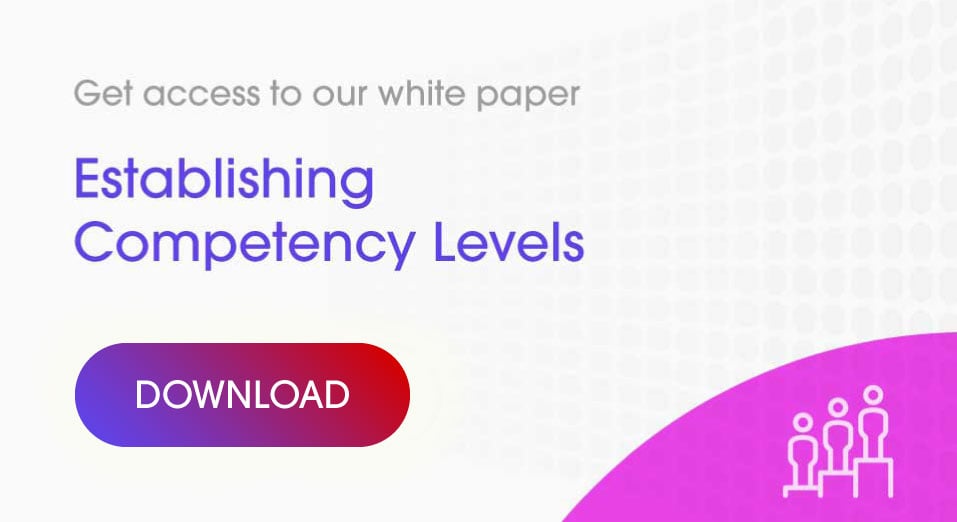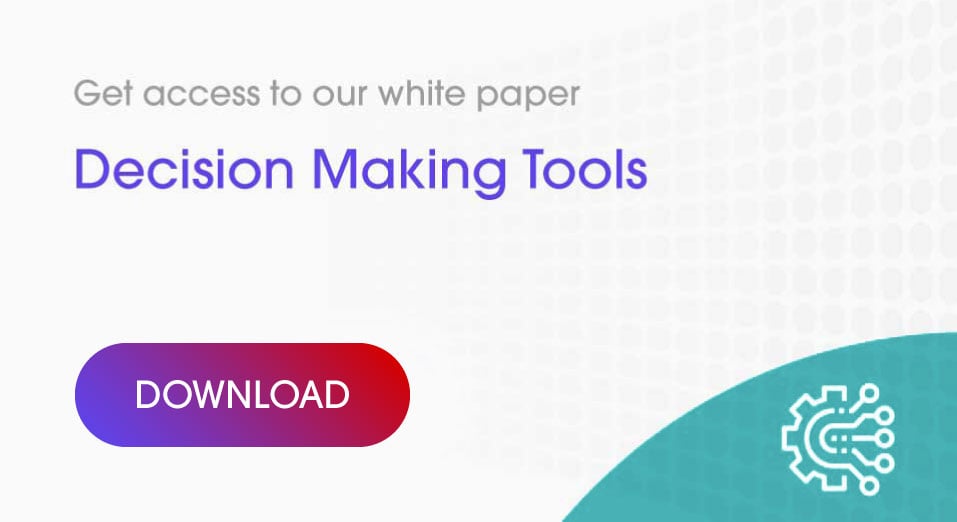Innovation & Insights Discovery in the Pharma Industry | A new insight cannot be gleaned from the data in your CRM. Nor will it come from observations from the field and rarely from traditional market research. While these are all important ingredients in the process of insight discovery, the competitors can probably obtain all these same facts and figures, therefore the knowledge gained from these sources do not fulfill the critical criteria of an insight and that is, that it is not yet known and it will drive competitive advantage.
An insight is not easily found. Insight discovery will take persistence and cross-functional input to create a much needed tension and new perspectives. Having a shared understanding of what an insight is will help all parties involved to use that definition as a guide post, and steer a rigorous process for discovery.
With new digital communications tools across multiple channels and the implementation of more sophisticated CRMs and apps, there is an explosion of data on hand. Coupled with a drive towards customer centricity and the application of design thinking processes, insight discovery just got a whole lot easier.
Design Thinking Can Help Discover Insights
So what value does the business analytics report from the CRM or other reporting applications hold?
These systems produce great looking, very colourful, dashboards and they give comfort that the numbers are being achieved (or not). There may even potentially be an insight in there somewhere. In fact many have started using the term ‘insight’ for any facts or conclusions drawn from this data that is now available with the help of these systems.
It is true that if you are measuring and tracking relevant metrics, data can cast a light on selected areas of interest, it can inform and educate, possible even guide our thinking. But data does not do our thinking for us. We must go a step beyond the data to find an insight.
This is where discipline of design thinking can provide the structure and formality of a systematic process, to turn that data and knowledge into meaningful stories and understandings.
Based on past experience, the application of design thinking principles, which hinges on true insights, needs to be scalable and repeatable, so that it can becomes a known process within the organization and believed to produce long term results. This is quite critical – the organization must believe insights will produce long-term results in order to invest in the process of discovery, which cannot be rushed.
Discovering insights using design thinking principles requires new ways of working, with permission to play and source new forms of data and observations. The CRM and reporting apps can assist in researching, tracking and analyzing. The design thinking process can help make sense of the data and turn it into intelligence.
A design thinking process can look something like this:
- define the customer journey
- collate research (loop)
- insight discovery (loop)
- ideate, select, prototype, select, implement, learn and iterate (loop).
From Insight to Ideas in the Pharma Industry
There are many definitions out there of what is a real insight: an insight is unknown, a fundamental human truth, a new way of viewing the world, a new perspective and an underlying motivation that drives human behavior.
Using written insight statements can turn the new knowledge you have gained into actionable insights to inspire new ideas. An insight statement should set a context, present the barriers to be solved and ‘why’. It should also present the unfulfilled needs and envision the ideal.
So if you look back at your insight statements:
- Do they capture the customer dilemma and explain why it is real?
- Does it challenge the status quo and give a new perspective?
- Does it inspire action and give a clear path to what you need to do next?
- Does it describe how you might help solve this dilemma and add real customer value?
It does not have to be a long statement. Professor Theodore Levitt famously told his Harvard Business School students many years ago: "People don't want quarter-inch drills. They want quarter-inch holes."
Summary
Collect the right data. Measure what matters and what you care about, versus everything because you can do. Then, most powerful insights can come from rigorous data analysis coupled with design thinking, translating your large amounts of data and observations into compelling truths.
Insights can inspire action and show what to do next making the potential value to the customer very clear.
If you are interested in our mobile learning solutions on digital channels, contact Actando.
The Actando Consulting Team

.jpg?width=850&name=Untitled%20design%20(41).jpg)



.jpg?t=1488301484205&width=850&name=Untitled%20design%20(40).jpg)


.jpg?t=1485863626128&width=850&name=Untitled%20design%20(34).jpg)



